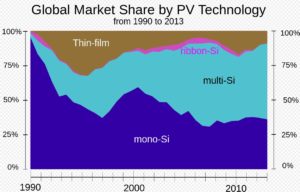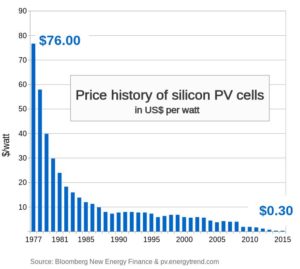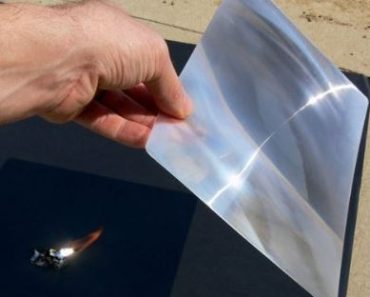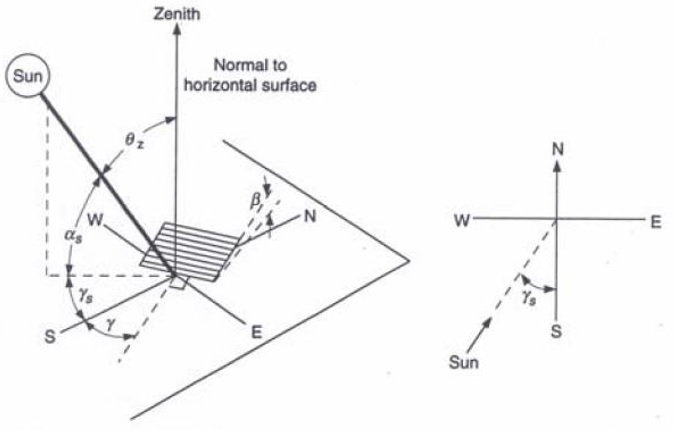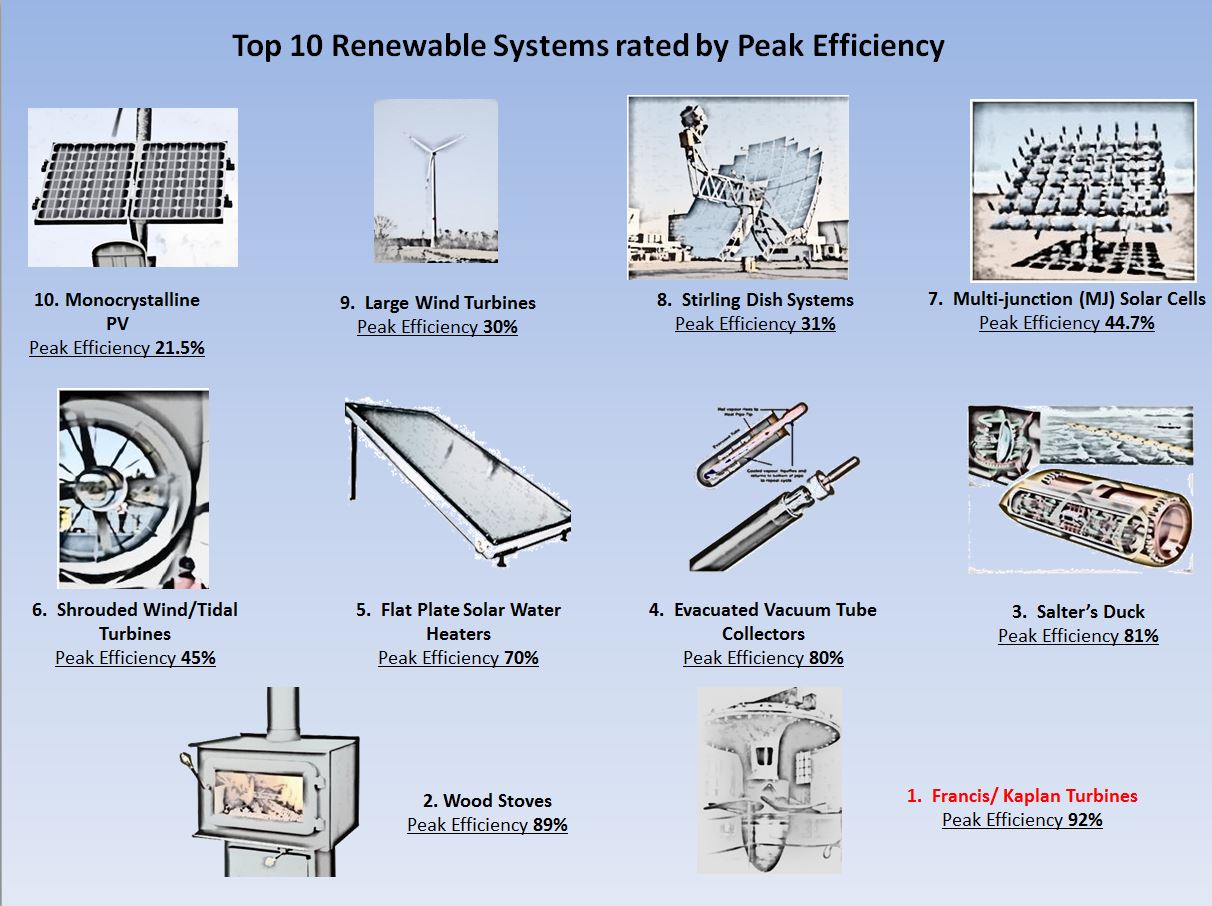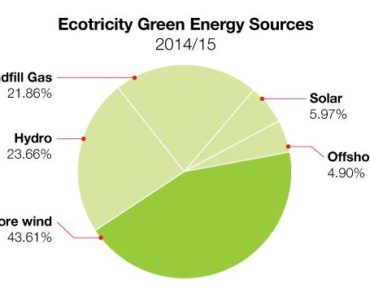When looking to buy a solar panel, one can be overwhelmed by the choice. There are many types of panels by multiple suppliers.
The three most common ones are
1. Mono-crystalline panels
2. Poly-crystalline panels
3. Thin Film panels
Two decades ago in 1990s, the market was dominated by mono-crystalline panels. Mono-crystalline panels represented over 80% of the market share. However, both poly crystalline panels and Thin Film panels have made huge inroads because of their lower cost.
In terms of the efficiency, Mono crystalline are the most efficient, followed by poly-crystalline and then Thin -film panels. However, efficiency should not be a criterion for buying panels unless you are restricted for space. The only advantage of high efficiency is that the panels provide more energy over a small area.
Other factors should also be looked at for instance weather conditions. If you get a lot more direct solar radiation, i.e. the radiation when there are no clouds, than mono-crystalline panels work the best. If you live in an area where weather is dominated by diffuse radiation or you get a lot of cloud cover such as in UK or Philippines, than Poly crystalline and thin film panels work better.
One other advantage of thin film panel is they handle heat better. So when the weather gets too hot, thin film panels are less phased by heat and provide near consistent output. Poly crystalline panels are the most dominant panel type in the market. They represent nearly 55% of the total solar panel sales. Polycrystalline panels have a slightly lower life compared to mono-crystalline. Manufacturers generally put a 20 year warranty on Polycrystalline panel but a 25 year warranty on mono-crystalline panel. Note that Mono-crystalline panels can be purchased for efficiencies up to 23% . The range is between 17 to 23%. Whereas poly crystalline efficiency is in the range of 14-16%. Thin Film panel efficiency is in the range of 12% to 17%.
If there is a crunch in Silicon supply in the future, than thin film panels will overtake silicon solar panels market.
So now let’s look at emerging solar panel technologies.
Many of you might have heard of Multi-Junction solar cells. They are the highest efficiency solar cells used in satellites, with efficiency over 44%. The idea of a multi-junction solar cell is very simple, they have layers of two or more different types of solar cells on top of each other. This is done to convert most of the electricity into light. As noted earlier, even in the best of solar panels only 23% energy is converted into electricity. The remaining energy is lost as heat. In a multi-junction solar cell, it is made sure that the amount lost as heat is minimal. This is done by having layers of solar cells stacked on each other. A portion of light is absorbed by the first layer after which the light passes on to the next layer, where a different portion of light is absorbed and so on and so forth. They are very expensive and therefore utilized in space application. However recently, they have started appearing in terrestrial applications. Some of the manufacturers are listed in the description. They sell multifunction cells to companies in large quantities but for hobbyist, used cells can be obtained.
The second types of cell that will surely become big are hybrid solar panel. Again the idea here is to use the remaining 80-85% energy in light that is used as heat. In hybrid solar panels, solar cells are stacked on top of water heater. Hybrid solar panels provide both electricity and heat and will be very useful for European climate.
Another new type of panel available in the market is the smart panel. These panels comes with a DC optimizer built in to the junction box of the panel. The idea of this panel is to take MPPT or the maximum power point tracking to the panel level. MPPT system tries to optimize the output of the panel.
Note that panels are getting bigger over time. A decade ago they were available in 80 W to 100W sizes. Today they are available for capacity of 250-300 W and therefore if a single panel gets under shade, it could bring down the output of the whole system significantly. With smart panels, this problem is alleviated. They are about $50-60 higher in price compared to a normal panel, however they are worth the added cost because of the benefit they will bring over the life time of the panel. DC optimizer panels have been reported to increase output by 20%.
Lastly we have the flexible and portable solar panels. These are panels mounted on a flexible substrate. There are mono silicon and poly silicon panels also available as flexible panel. However the highest degree of flexibility is achieved with thin-film panels, which can be rolled to save space. They are lightweight and are ideal for boats, caravans and motorhomes.
Whenever you are buying solar panels, make sure they come with by-pass diodes in the junction box and also with MC4 connectors, which will make your life very easy.
Please feel free to share this article using the buttons below.

